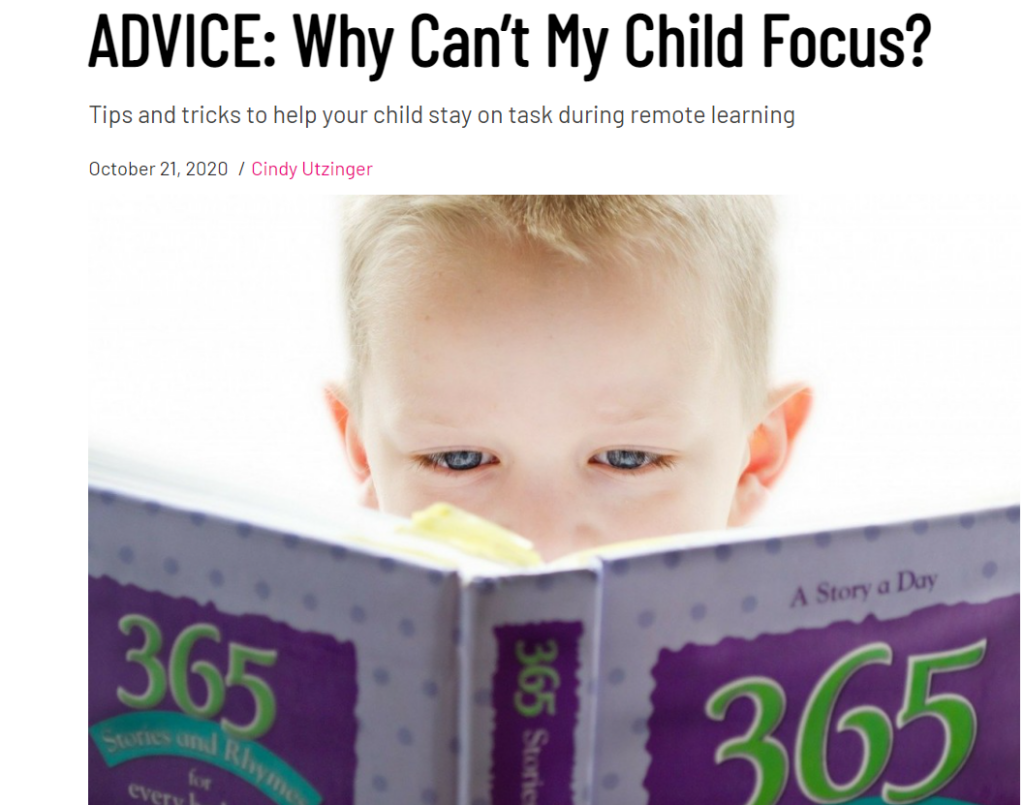During this time when we have all become homeschooling parents, I wanted to share some tips on fun and simple sensory learning activities in hopes that it will make your days as a teacher a little bit easier.
When we tap in to the sensory system during learning, we get a BOGO. Kids are able to focus and retain what they are learning better and the freebie is that they have more fun doing it.
One way we can take advantage of this time homeschooling our children, is to loosen things up for them a little bit and let them learn in a way that is advantageous to them and may actually decrease their stress because of the opportunities to move.
I find we can tell our kids to sit still and focus till we are blue in the face, but when we think outside the box and let them incorporate movement and the sensory system with learning, we make it easier on everyone in the long run.
Kids need to move and use their bodies to learn
Movement helps to get our brain organized and ready to focus. Think about how you feel after exercise. I would venture to guess that you are much better able to focus after a walk or a good workout. What happens during exercise is that we get all kinds of good sensory input that gets us to the right level of alertness.
Of course, any movement is good, but specific types of movement will give us more bang for our buck. By that I mean movement that gets our body (in particular our head) moving through space or movement that provides heavy work or deep pressure. In the Occupational Therapy world, we call that vestibular and proprioceptive input just in case you were wondering.
Deep pressure or heavy work (proprioceptive input) is calming and neurologically organizing at the same time. You can hardly ever go wrong by providing your child with proprioceptive input.
Some examples of proprioceptive input are:
• Jumping
• Massage
• Pushing, pulling, or carrying weighted items
• Animal walks (bear walks, crab walks, frog jumps, bunny hops, snake slither, or wheelbarrow)
• Crashing
• Wrestling
• Exercise
• Climbing
• Sucking through a straw (due to input to the muscles of the mouth)
When a child moves their body and head through space (vestibular input) it provides them with input that can get them to the “just right” level of alertness in order to focus on their work. For some kids, it doesn’t take much and for others, they could get this type of input all day long and it still wouldn’t be enough. It’s our job to watch and see how they respond and if you have a child who fits in to the “it doesn’t take much” category, then do a little vestibular movement and then focus on the deep pressure or heavy work input instead.
Some examples of vestibular input are:
• Swinging
• Spinning
• Being upside down
• Sliding
• Rolling
• Riding bikes
• Balancing
• Rocking
• Bouncing
20 fun sensory learning activities
Let me first share a quick video so you can see some ideas in action.
Jumping
• Put letters, numbers, or words (use sticky notes or foam bathtub or magnetic letters and numbers) on the floor or wall and jump up to touch or jump on the appropriate one
• Take learning outdoors using sidewalk chalk to write the letters, numbers, or words, and jump on the appropriate one
• If you have a trampoline, use chalk to write on it and your child can jump on the appropriate letter, number, or word
• Play hopscotch with letters, numbers, or words
Animal walks
• Place letters, numbers, words, puzzle pieces, etc. on one side of the room and use your animal walk (see above for ideas) to retrieve it and bring it back to the starting line
Spinning
• Sit in an office chair or any other chair that spins while working to make for easy spin breaks
• Stand up and play “helicopter” with arms out spinning in circles either as a movement break or while reciting schoolwork
Exercise ball
• Lie on tummy on ball and put work on an ottoman or low table or on the floor
• Sit on ball and with help, roll backwards to grab letters, numbers, or words off the floor
• Sit on ball and bounce gently while doing work
Upside down
• This may sound crazy, but I know several children (my daughter included) who read hanging upside over the side of a bed
Rolling
• Put letters, number, words, or puzzle pieces on one side of the room and log roll or somersault to retrieve them and bring back to the starting line
Balancing
• Make a “balance beam” by putting a line of painters or masking tape on the floor (either in a straight line or zig zap), putting a swimming pool noodle on the ground, or lining up 2×4’s then walk across the beam to retrieve letters, numbers, words, or puzzle pieces
• Stand on a balance board while doing work (Learn how to make a super easy homemade balance board with no tools required)
Straws
• Sucking through a straw provides proprioceptive input because of the muscles in our mouths. Cut a straw in half and use it to pick up small pieces of paper that have letters, numbers, or words written on them (See video)
Tactile learning
• Use shaving cream, foaming hand soap, cornmeal, flour, or whipped cream on a cookie sheet and use your hands to write letters, numbers, or words
• Fish for letters or numbers in a bowl full of dry rice, pasta, or bean then use to spell words or solve a problem
• Build letters, words, or numbers using toothpicks or pretzel sticks
• Take turns “writing” letters or numbers on each other’s back with your finger or a paint brush
• Make letters, numbers, or words out of playdough (Don’t have any, get a recipe for easy homemade playdough)
Sensory learning can be so much fun and while it seems like more work, it makes it easier in the long run as we get to spend less time harping on our kids to focus and more time creating a positive learning experience for them.



